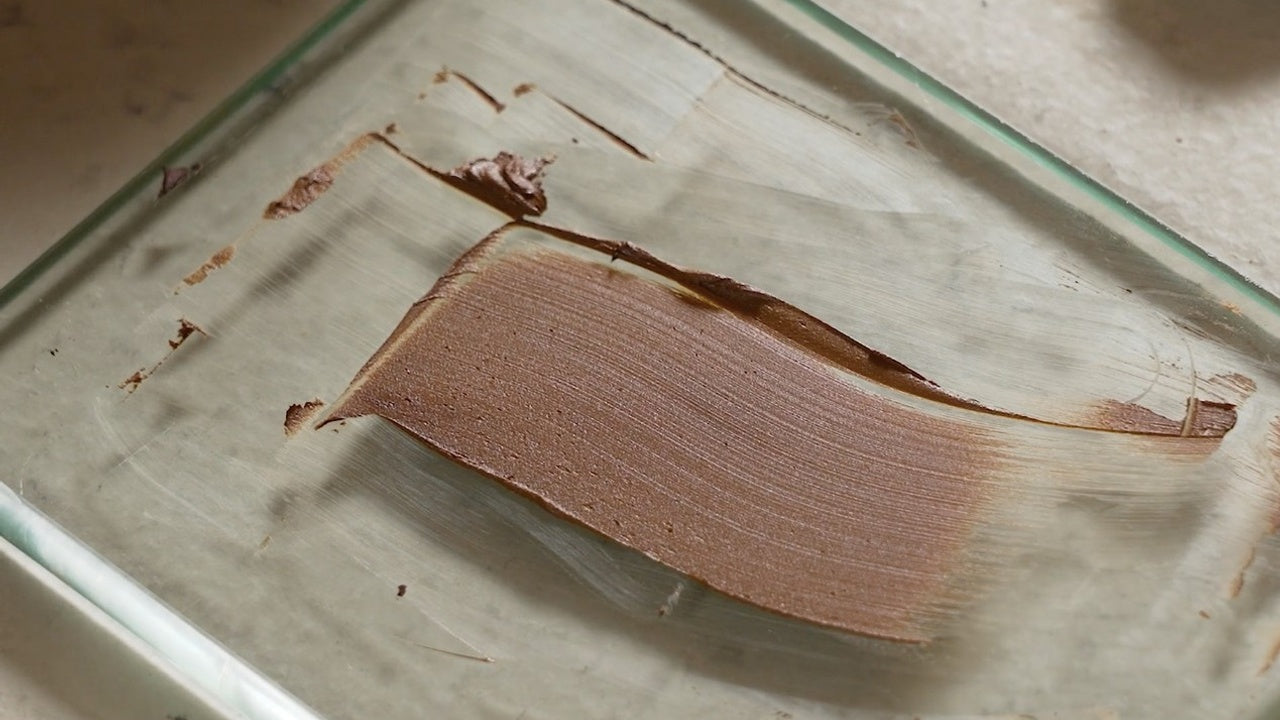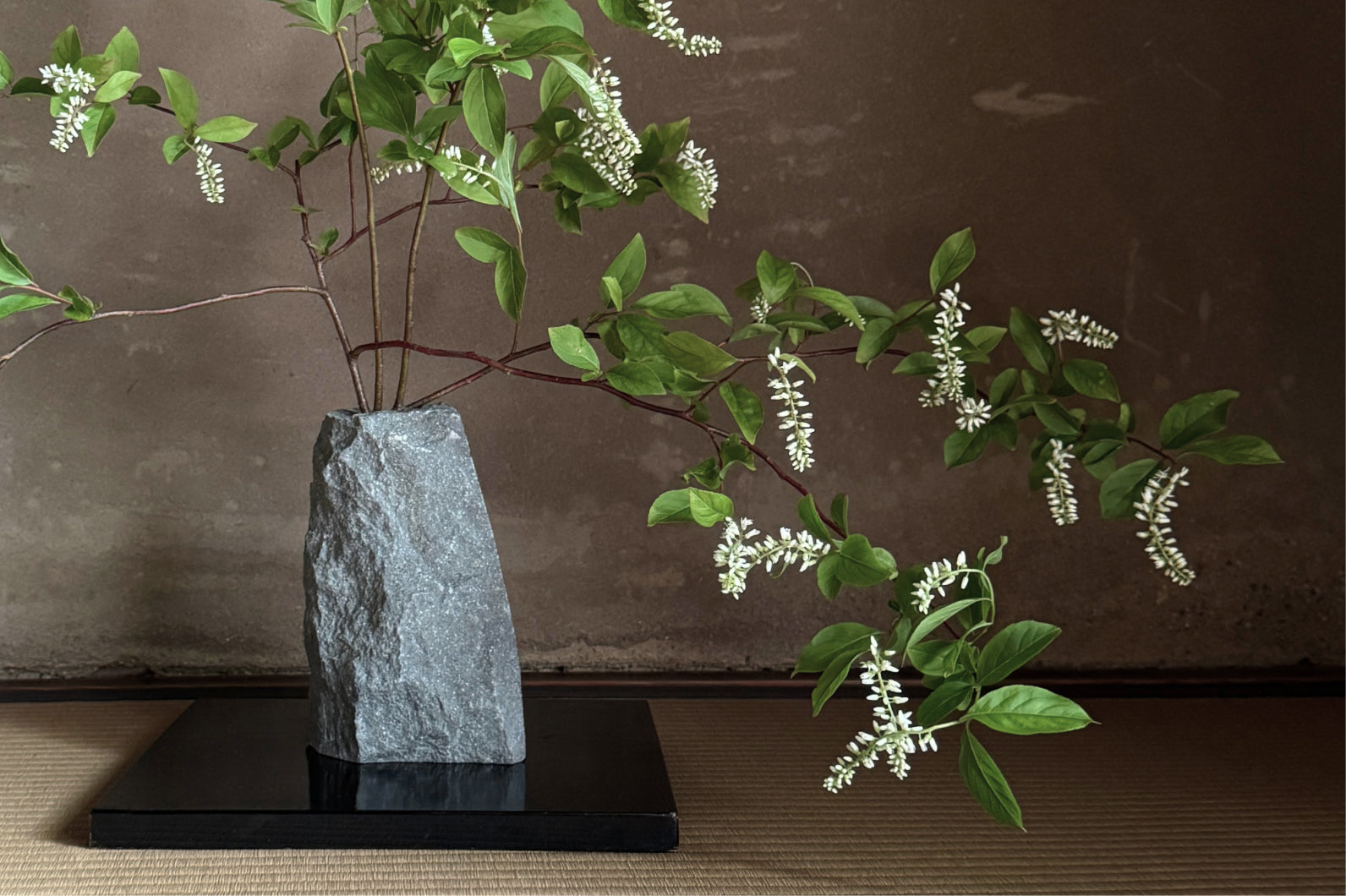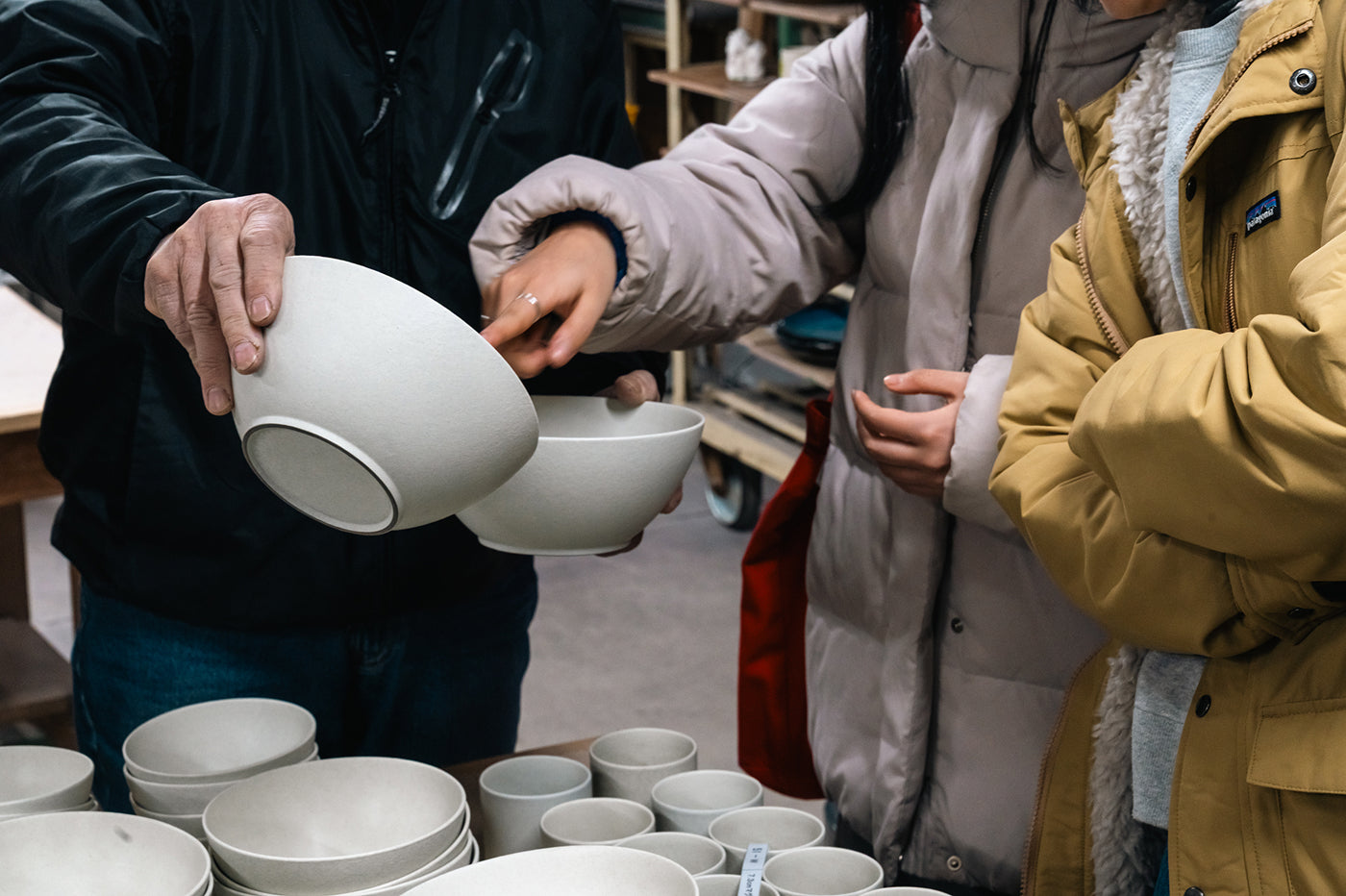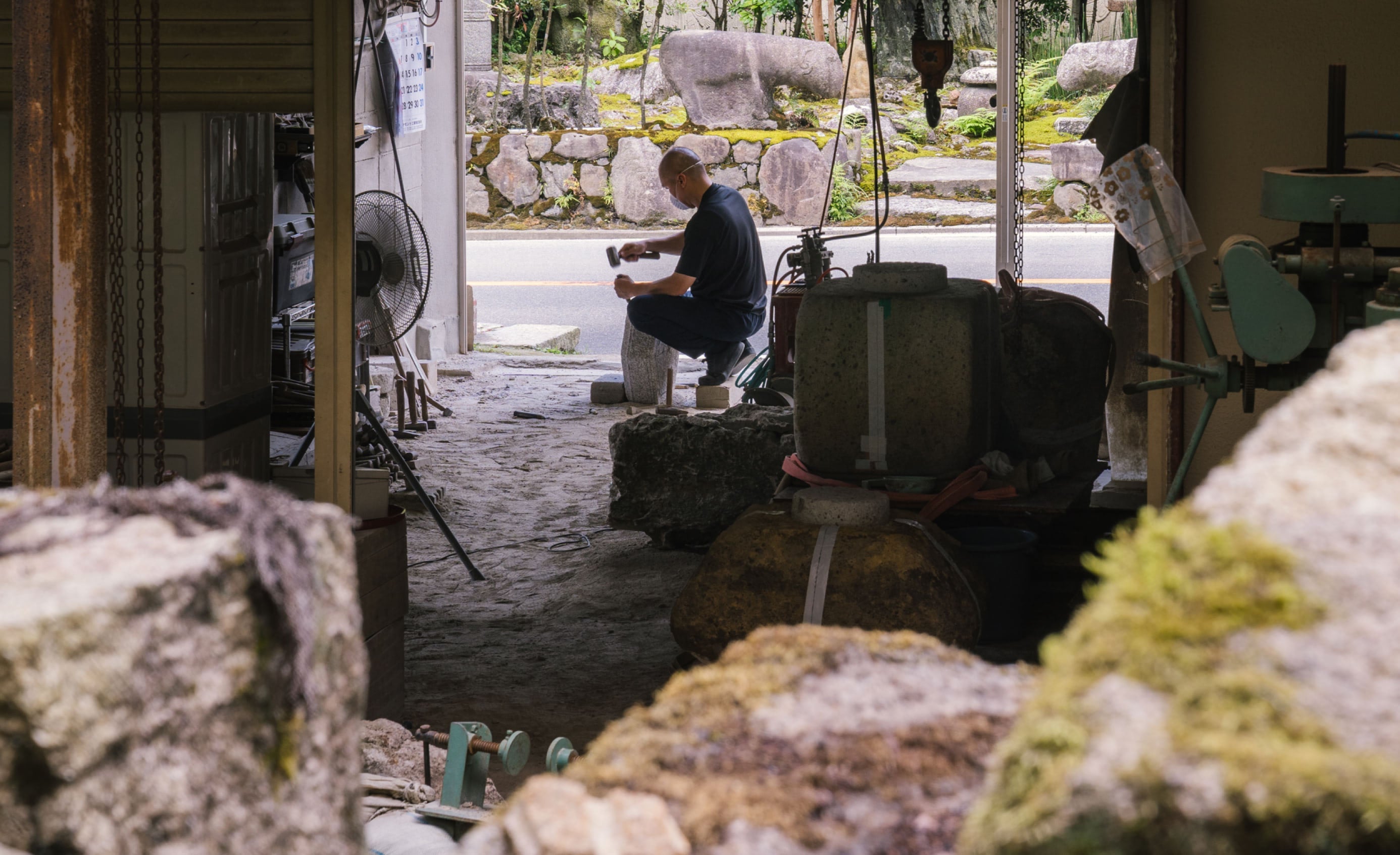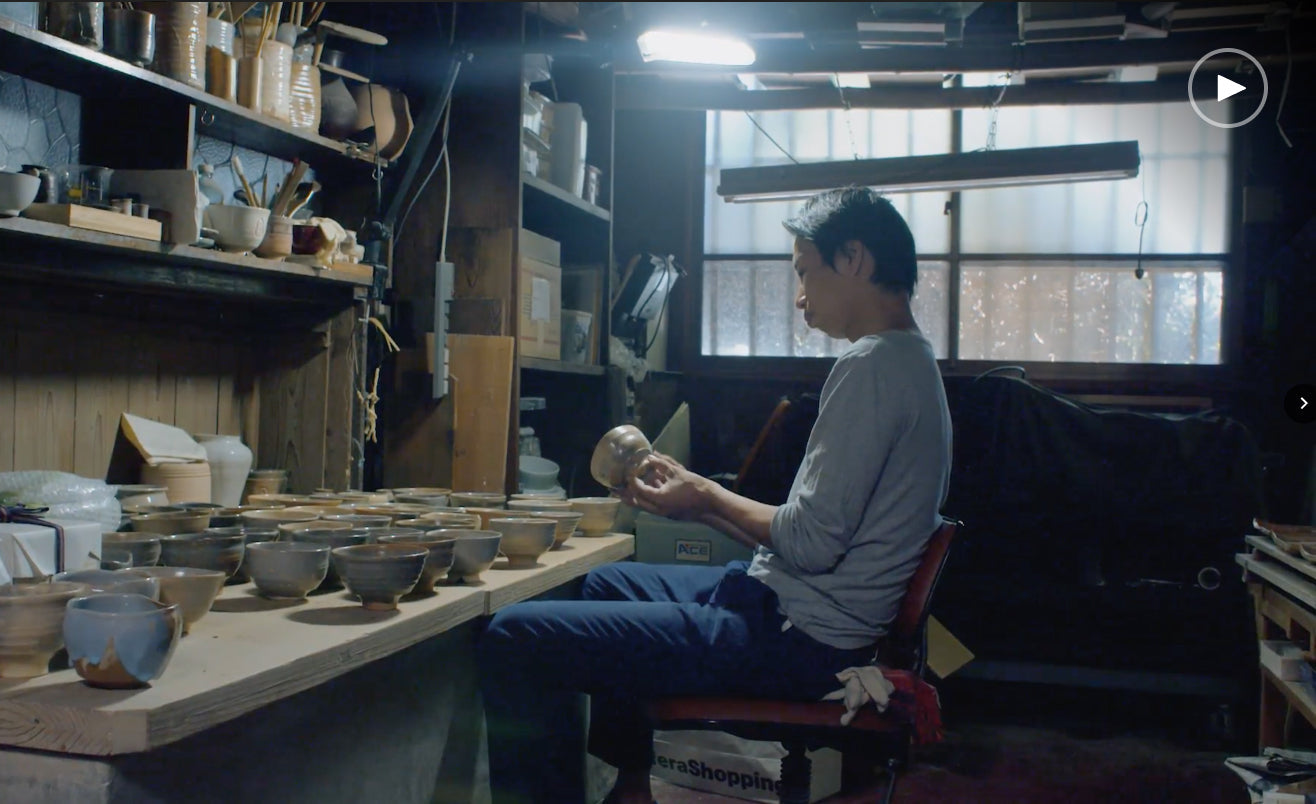Kintsugi is the process of mending damaged, mostly ceramic and porcelain tableware, by leveraging the innate properties of urushi tree sap. Urushi is applied into the crevasses of broken surfaces, used to recreate missing fragments, as well as to seal more porous layers below.
There are many different types of materials that can be created using urushi as its main ingredient. Mugi urushi, sabi urushi, and kokuso, being the three main materials that we mix ourselves for the purpose of kintsugi-repair.
Like many things, kintsugi-repair runs a full spectrum, from "enough" to "lasts for generations". Our best-selling Kintsugi Kit has what you need to execute a thorough repair. Our Advanced Kintsugi Kit, elevates that experience with more professional tools and materials. The spectrum that I speak of is rather pointing to the layers of urushi. Which really means, time, thought, and energy. The personal decision made here is what moves the needle across the spectrum.
While oversimplifying a bit, let me share with you some of the logic behind the layers.
LAYER 1 Extremely low viscosity: We often dilute kiurushi, or raw urushi, to seep into even the most microscopic crevasses of broken surfaces.
LAYER 2 Highly porous: Kokuso, often made with wood powder and fine cotton, serves as additional bones of the body as needed.
LAYER 3 Mildly porous: Sabi urushi, made with tonoko whetstone powder, fills in the nooks and crannies left by kokuso.
LAYER 4 High viscosity: Eurushi red urushi and kuroroiro black urushi are layered one after the other until there are absolutely no kinks, bumps, or scratches.
LAYER 5 Ornamentation: Gold or other metal is the final layer, bejewelling the repair below. When the metal is applied and polished, how much attention and care, or lack thereof, is made perfectly clear.
Sabi urushi is a vital material, bridging the porous and rugged surface with a smooth and glossy finish. No matter at which angle the light hits the gold finish, absolutely no scarring should remain. And sabi urushi is our true workhorse to achieve this ideal outcome.
SABI URUSHI RECIPE
Ingredients:
- Tonoko (whetstone powder)
- Water
- Kiurushi (raw urushi)
Tool:
- Small spatula
- Glass palette or ceramic tile
- Dropper
Directions:
-
With the spatula, scoop up a small amount of tonoko and place on a palette and press down onto the tonoko using the spatula to work out any clusters. How much? Enough to fill the chipped area or any remaining crevasses of broken ware. If you do not have a palette, simply use a glazed ceramic, porcelain, or glass plate instead.
-
Use a dropper to add water to the tonoko, one droplet at a time, and use the spatula blend. This process requires surprisingly very little water. Just enough so that the tonoko is no longer crumbly.


-
Once you think you've gotten to a good consistency, right next to the tonoko, squeeze out a suitable amount of kiurushi (tonoko 10: kiurushi 8)*. Begin by blending in half of the kiurushi. Once it's combined, add in the second half. Once you've thoroughly combined the kiurushi, you will notice faint black streaks. If this does not appear, you may need to add a bit more kiurushi.


-
Fill all chips and crevasses with sabi urushi. Add just a tad more than you need as sabi urushi has the tendency to shrink slightly as it hardens.
-
Gently smooth out the sabi urushi with the spatula, helping to prepare for a smooth final finish.
-
Place your ware in the muro for 7 days to harden.
Happy repairing!
*In kintsugi repair, we never speak about a specific amount of any ingredient as it very much depends on the size of breakage, so we always speak in ratios.


